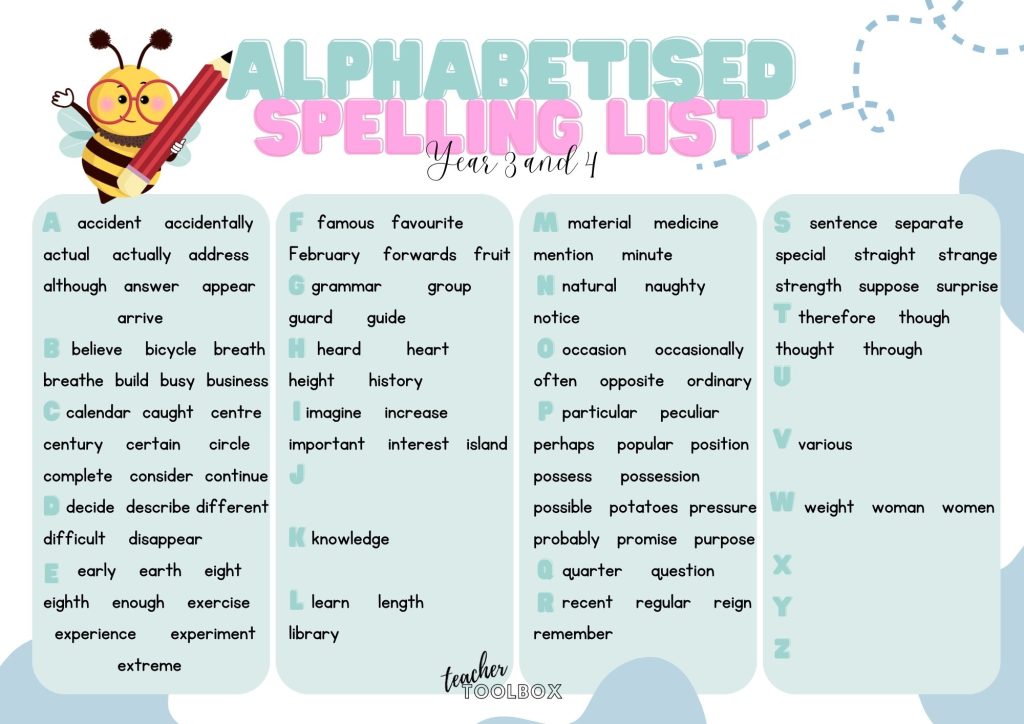The first term of the new school year is over, and as a teacher, you’ve likely experienced the whirlwind of anticipation, excitement, and organisation that accompanies the beginning of the year with a new class. You’ve set up your classroom, carefully crafted displays, and established high expectations for both your students and yourself. However, now that the dust has settled and you’re well into the school year, you might find that the upkeep of these high standards can become an additional workload.
It’s essential to strike a balance between maintaining classroom organisation and preventing it from becoming an overwhelming chore. Here are some practical tips to help you manage the upkeep of your classroom while also involving your students in the process.
1. Utilise Displays as a Base for the Year
Displays are a vital part of classroom organisation, and they can serve as a useful teaching tool. If your school allows it, consider making some displays a base for the entire year. These displays can be augmented with work from lessons, such as Flipchart paper demonstrating in-lesson skills you’re currently working on with your students. This approach not only reduces the need for constant updates but also reinforces important concepts throughout the year.
2. Create Timeless Displays
Not all displays need frequent updates. For those harder-to-reach displays or areas in your classroom that aren’t immediately accessible, consider creating timeless displays. These can be resources and information that students will find useful throughout the entire year, eliminating the need for constant changes in those spaces.
3. Engage Students in Display Maintenance
Empower your students by making some displays their responsibility. For example, you can establish a “spelling wall” that the students are in charge of keeping up-to-date. This collaborative effort not only lightens your workload but also instills a sense of ownership and pride in the classroom organisation.
4. Student Involvement in the Book Corner
The book corner is a space that students will frequently use. Give them a say in how it’s organised and what books to add or remove. When students have a role in shaping their environment, they feel a deeper connection to the classroom.
5. Instil Tidiness as a Classroom Value
Tidiness is a key component of a functional learning environment. Make classroom cleanliness a staple of your new class’s values. Teach your students to respect the room they learn in every day. Encourage them to take part in tidying up and make it fun. Try games like ‘Mystery Object’ where you ‘choose’ a mystery object and they receive a reward at the end if they tidy it up (I count down to allow enough time and never actually choose the object until I am happy the classroom is nearly tidy enough!) The children will be asking you to do it if you ever forget. Another is the ‘Mission Impossible Countdown’ https://www.youtube.com/watch?v=zKTNXUA7lWI. When tidiness is ingrained in your classroom culture, maintaining order becomes less of a burden.
In conclusion, it’s essential to recognise that it’s okay to allow some of your initial expectations to evolve as the school year progresses. Displays should serve a functional purpose, so if they’re a bit untidy but actively support learning and student contributions, that’s more valuable than a pristine appearance. Striking a balance between maintaining a well-organised classroom and preserving your work-life balance is crucial.
If you’re looking for resources to help you with your classroom displays, don’t forget to explore our collection of classroom organisation materials. We offer free access to a variety of displays that can assist you in your teaching journey. Simply head to our resources page and make use of our FREE downloads to make your classroom a dynamic and engaging space for both you and your students. Remember, it’s about creating an environment that fosters learning and growth, and sometimes, that might mean embracing a little messiness along the way.








